Photo essay for the Special Initiative “The Mekong is Blue and Dried: Visual Storytelling of the Mekong River’s Environmental Degradation” by SEA Junction and the Samdhana Institute
| Title | Luang Prabang UNESCO World Heritage City Threatened by New Dam on the Mekong River |
| Storytellers/Photographers | Mongkon Duangkhiew |
| Place | Luang Prabang, Laos |
| Time | July 2020 |
Laos begun operation of the Xayaburi and Don Sahong dams in the lower Mekong stretch in 2019 in spite of regional opposition because of negative transboundary social and environmental impacts. The country has an ambitious goal to become the “Battery of Southeast Asia” and continues to plan more dams on the lower Mekong course. One of these projects is the Luang Prabang dam, so-called because its proposed site is approximately 30 km upstream of UNESCO World Heritage town of Luang Prabang. Such vicinity creates a realistic risk of flooding for this unique cultural heritage.
I went to Luang Prabang for the first time in July 2020 as a tourist. I was aware from media reports of several proposed dam projects on the Mekong River in Laos. One of the tourist destinations I visited was Pak Ou cave in the limestone mountain along the Mekong River upstream of Luang Prabang town, which is at only 3-5 km from the Luang Prabang dam site where construction is underway.
The villagers living near Pak Ou cave make a living by catching fish for home consumption and a little income. They have already noticed the changes in the water level that it has become more and more unpredictable. Reflecting on the collapse of the Xe Pian-Xe Namnoy dam on the Xe Kong River – which is a tributary of the Mekong River in Attapeu Province, Southern Laos, they feel worried and insecure about what the future will bring if the Luang Prabang dam goes ahead.
As I was talking with people during my trip, I noticed that they knew about the upcoming dam project but not the details as the information they received was minimal. They need full information about the impacts of the dams on their lives. If the dam is built, people living upstream will have to relocate, while downstream people will have to live with more uncertainty due to water fluctuations. However, it is difficult for them to voice their concerns, not to mention participating meaningfully in decision-making processes. They do not express loudly their many concerns as they are aware of the risk of being silenced for those who speak out. But they do worry. I asked a villager if he had been to the dam site, and he replied: “No, I don’t want to see it. I don’t want to see that the place has been changing because of dam construction. If I see it, I will be depressed.”
Photographers/Storytellers
Mongkon Duangkhiew lives in Vientiane. He owns a City Farm and Coffee shop which aims to create an example of urban gardening that grows organic food for the family irrespective of size, while offering a space for people to exchange ideas..
Organizers
The Mekong is Blue and Dried: Visual Storytelling of the Mekong River’s Environmental Degradation is a special initiative of SEA Junction and its partner the Samdhana Institute to provide a platform for the creative use of visual documentation and art to advocate for environmentally and socially friendly measures for the Mekong River.
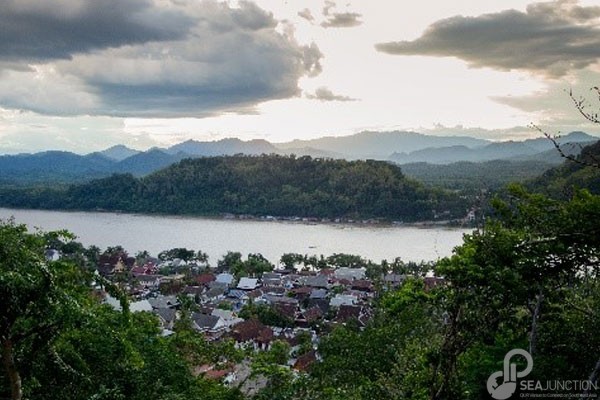
Luang Prabang town along the Mekong River is a UNESCO World Heritage site. (Photo by Mongkon Duangkhiew)
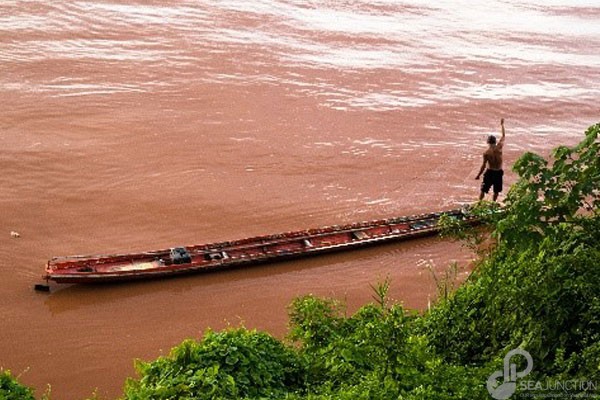
A fisherman casting his fishing net on the Mekong River’s normal murky brown water during the rainy season. (Photo by Mongkon Duangkhiew)
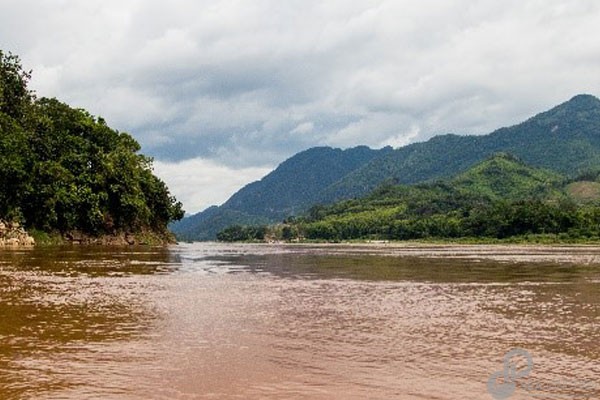
Peaceful Mekong River. (Photo by Mongkon Duangkhiew)
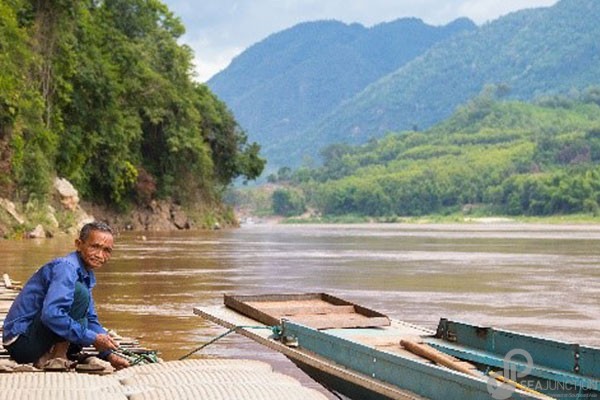
A man ties the boat on the Mekong River. (Photo by Mongkon Duangkhiew)
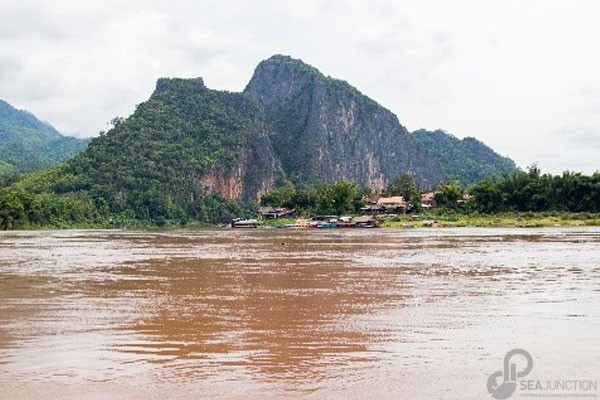
Brown is the color of the Mekong River when healthy (Photo by Mongkon Duangkhiew)
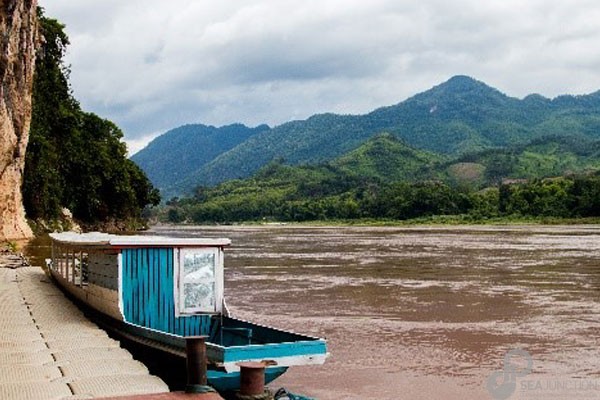
A ferry boat to carry people from one side to another of the Mekong River. (Photo by Mongkon Duangkhiew)
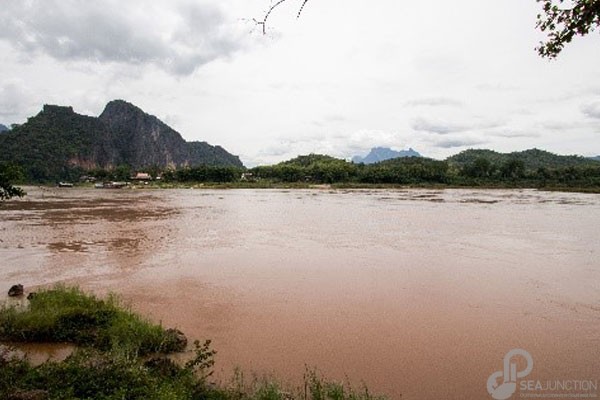
Pak Ou cave is a tourist attraction along the Mekong River. (Photo by Mongkon Duangkhiew)
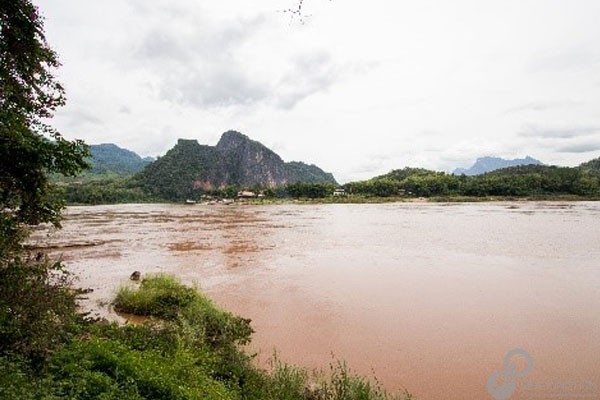
A view of the cave. 3-5 km upstream of the cave the dam construction is underway (Photo by Mongkon Duangkhiew)
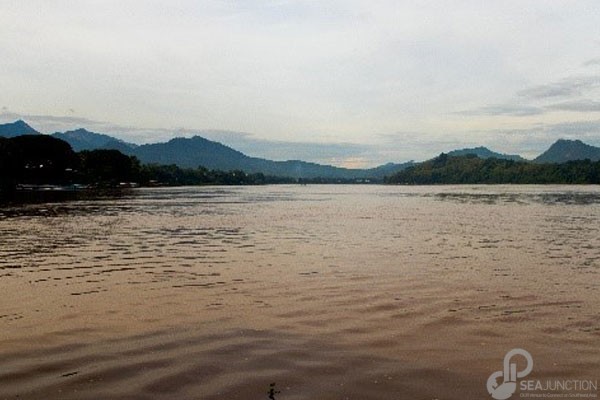
The mighty Mekong River. (Photo by Mongkon Duangkhiew)
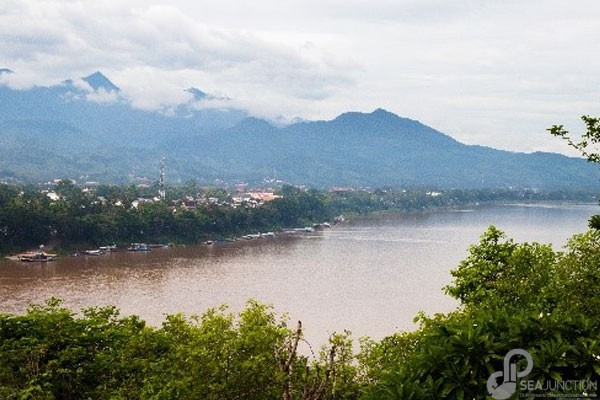
Natural beauty view of the Mekong River with the mountain on the back. (Photo by Mongkon Duangkhiew)
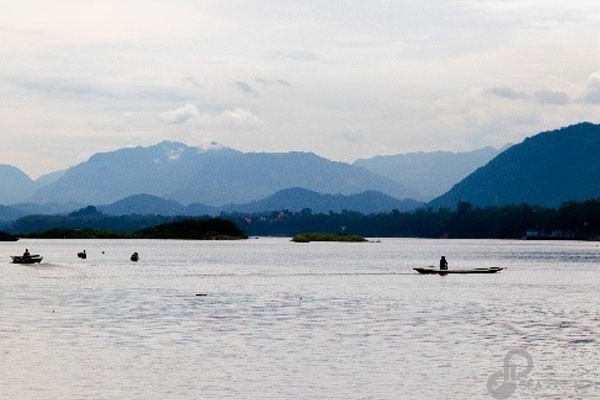
A way of life of the Mekong people. (Photo by Mongkon Duangkhiew)
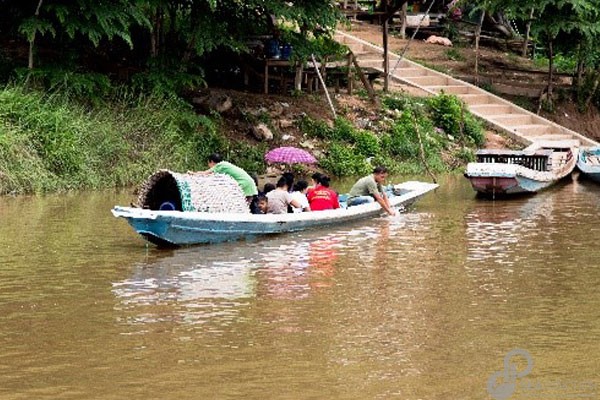
A boat carrying villagers across the Mekong River to the side of Luang Prabang town. (Photo by Mongkon Duangkhiew)
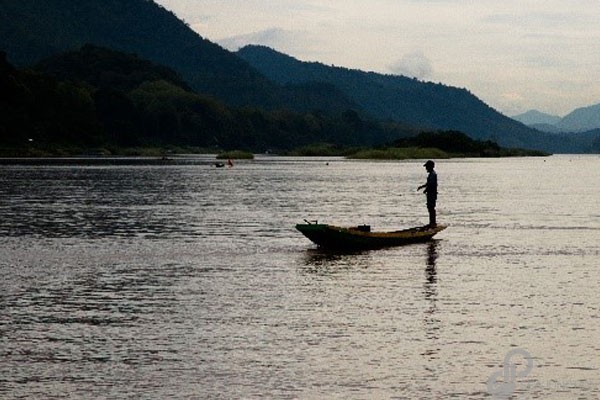
Fishing on the Mekong is a source of livelihoods. (Photo by Mongkon Duangkhiew)
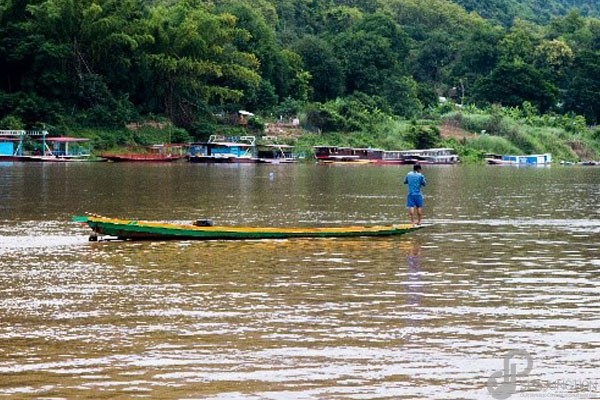
A man with his fishing boat on the Mekong. (Photo by Mongkon Duangkhiew)
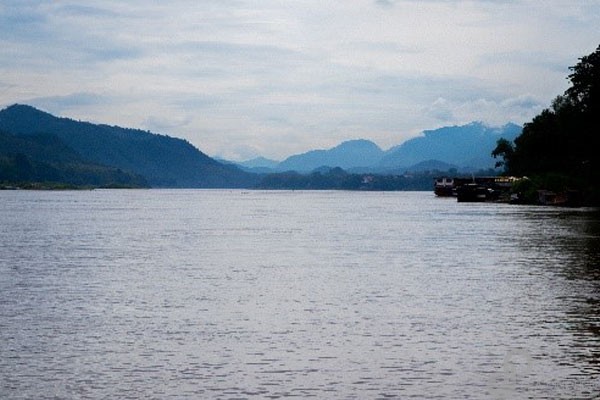
The Mekong scenery after sunset. (Photo by Mongkon Duangkhiew)


